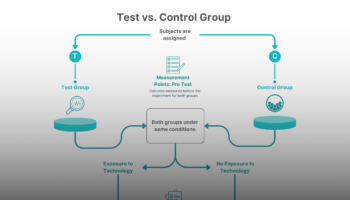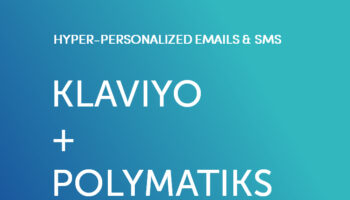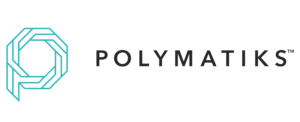Offers have substantial influence on customer acquisition and retention. The idea that offers drive sales shouldn’t surprise anyone, but the power of offers to improve business results can and usually is underestimated.
A recent survey by RetailMeNot showed that:
- 67% of customers have made a purchase that they weren’t originally planning to make solely based on finding an offer;
- 80% of customers said they feel encouraged to make a first-time purchase with a brand that is new to them if they have an offer; and
- 94% of customers said they search for an offer when shopping online.
Offers have substantial influence on customer acquisition and retention
In this article, we describe the 4 maturity stages of an offers strategy.

Stage 1 – Mass Offers
Most small brands are in Stage 1, which is defined by offers being sent to their entire customer base. A common example is limited time offers such as “Black Friday – 20% off site-wide”. Mass offers are easy to execute, hence their popularity and broad adoption, but fail to take into consideration any insights brands have on their customers. In particular, key limitations of mass offers are:
-
- The relationships the brands build with customers are purely transactional and never engage on a deeper level;
-
- The offers do not drive specific purchasing behavior such as increasing the frequency of purchases, accelerating second purchases, or exploring other product categories; and
-
- The offers are made to customers who do not need them, yet incented to make their purchase at these discounted prices.
To that end, mass offers leave significant margin on the table and have become a race to the bottom for many brands.
Stage 2 – Macrosegment Offers
The majority of large brands are in Stage 2, which is defined by macrosegment-based offers. In particular, in this stage, brands segment their customers using basic demographic information.
Examples of common macrosegmentation strategies include categorizing customers by geography, gender, and/or age group. Another common strategy employed by brands is abandoned cart-based offers. Consequently, each macrosegment receives offers that are generally relevant to the individual customers within each macrosegment. However, this strategy falls short of customers’ expectations. In fact, 48% of customers have left a brand’s website and purchased from a competitor due to a poorly personalized experience1.
Stage 3 – Microsegment Offers
Stage 3 is defined by the use of data analytics to create microsegments that are based on customer attributes such as purchasing behavior, interests, lifestyle, and many others. In doing so, brands deliver offers that are more relevant to customers within each microsegment.
A key challenge of the microsegment offers strategy is the underlying assumption that a customer’s purchasing behavior is consistent across all product types. Yet, in reality, two customers in the same microsegment might have different purchasing behavior and willingness to pay for electronics than they do for condiments, apparel, or jewelry. Another challenge of the microsegment offers strategy is the brands’ ability to execute it at scale. Each additional microsegment creates greater complexity in the process of building and sending the offers.
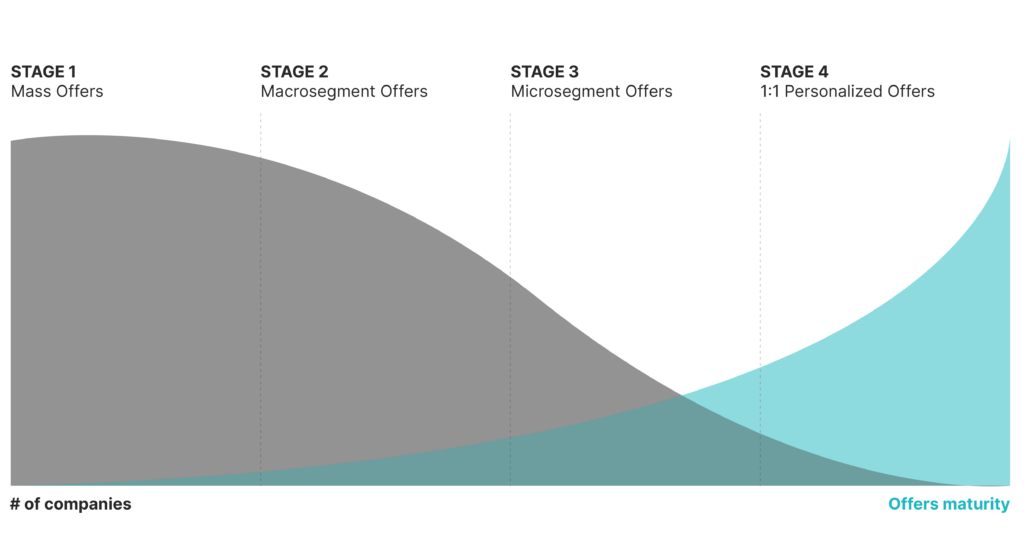
Stage 4 – 1:1 Personalized Offers
Stage 4 is where brands reach the pinnacle – true 1:1 personalized offers. This stage is defined by the use of Artificial Intelligence to process large amounts of data, including customer, transactions, and 3rd party data, to continuously deliver relevant, optimized, and personalized offers to each customer. In doing so, brands gain an in-depth understanding of each customer, and what motivates and incents them to buy different products.
The key behind 1:1 personalized offers is a brand’s ability to constantly analyze customers and fine-tune the offers accordingly, thus ensuring that brands achieve their business objectives. In particular, with 1:1 personalized offers, brands:
![]()
Stage 4 is where brands reach the pinnacle – true 1:1 personalized offers…The key behind 1:1 personalized offers is a brand’s ability to constantly analyze customers and fine-tune the offers accordingly
Evolving to the next stage
The opportunity to understand customers’ motives and incentives better is there, as brands have a significant amount of data at their disposal, more than ever before. Having described each of the different maturity stages, you can identify where your brand currently stands and plan your offers strategy accordingly.
Want to learn how your brand can advance its offers strategy towards 1:1 personalized offers? Click here to book your demo or email us at info@polymatiks.ai.
1 Accenture
